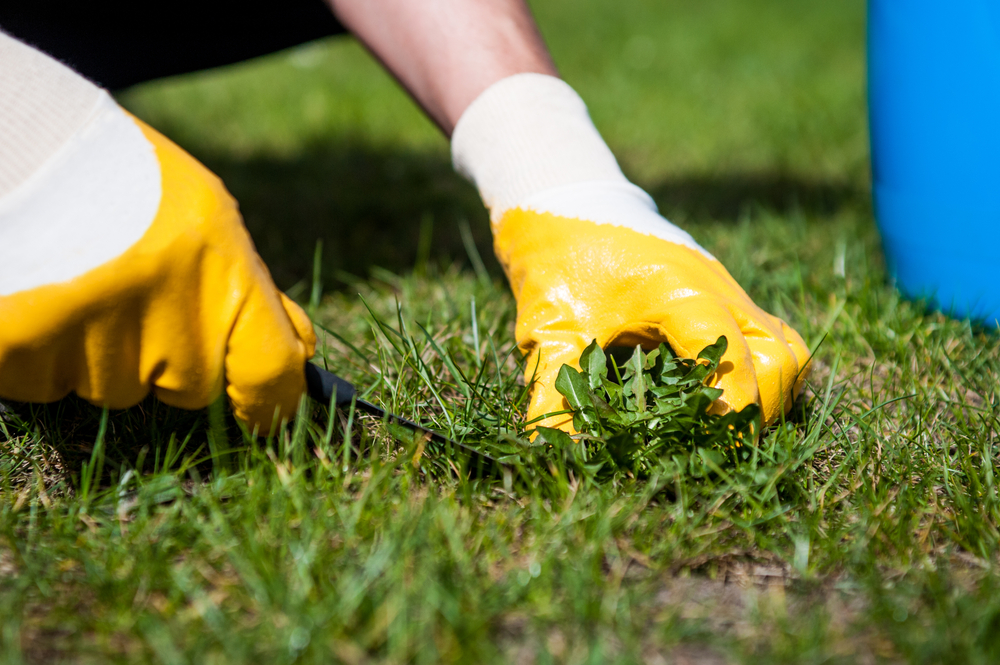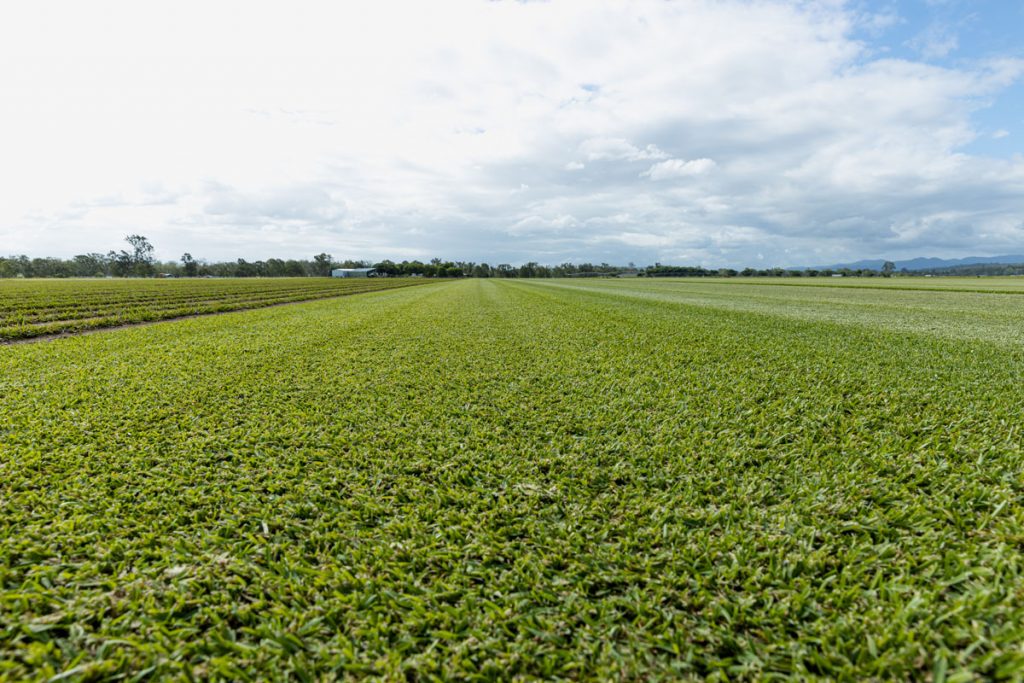Caring for your Sir Walter lawn after installation
Sir Walter is Australia’s most popular buffalo variety. This turf is best known for being hard-wearing with both shade and drought tolerance, while also bearing a sophisticated look through its broad leaf. No matter the conditions, Sir Walter will not let you down. It’s the true Aussie turf – 100% born and bred in Australia.
Features of Sir Walter
Sir Walter has a soft, broad leaf and a rich emerald-green colour. It has a dense growth pattern which means it is able to survive on less water and is resistant to most common pests and diseases. In saying this, also be prepared to keep it under control with whipper snipping and garden edging. It does have a reputation for invading garden beds with its prolific growth.

Sir Walter thrives in full sun and shady conditions. One of the greatest benefits of Sir Walter is its exceptional shade tolerance, surviving on as little as 3 hours of sunlight per day. If you have a yard with shaded areas and don’t want to compromise on aesthetics, Sir Walter may be a solution for you.
Sir Walter is low allergenic. Family outdoor playtime is meant to be fun, but many Australians suffer from allergies. Grasses that produce seed heads are huge contributors to airborne pollen that cause allergies. Unlike cool season grasses that grow from seed, Sir Walter grows through spreading stolons and rhizomes (creeping stems), making it extremely low allergenic. It also has a smooth leaf blade and no jagged edges; therefore, making it less likely to cause skin irritation.
Sir Walter is a truly great Australian feature lawn, but how should you care for it?
Post-installation tips for your new Sir Walter lawn
Turf is a long-term investment, and the first weeks are crucial in making sure it lasts. Once laid, you may be tempted to sit back and admire the new lawn, but the work is not done. There are important post-installation steps which you should take to ensure your turf establishes.
How long will my turf take to establish?
Sir Walter has a deep root system which on average and with the right care, will take 2-4 weeks to establish.
To check if your turf has “taken”, simply lift up a corner of a slab. If there are roots attaching it to the ground, you’ll know that your turf has “taken”.
Help your turf along in the first few weeks by keeping traffic to a minimum. It may be worthwhile planning ahead for this. Consider laying your turf outside of school holidays and away from events in which you may want to use your lawn.
How do I care for my new Sir Walter lawn? Follow these three basic steps…
1. WATER, WATER, WATER
GOLDEN RULE: Until your turf is established, keep the soil moist! Newly planted Sir Walter that is not adequately watered will perish.
In the first week, water your turf every morning and evening. At these times of the day, water is less likely to be wasted through evaporation and your turf can benefit from every drop.
In the second week, you can decrease the watering regime to only once a day – morning is best – and in weeks three and four, watering a couple of mornings a week is sufficient.
Once your Sir Walter is established, a deep water 1-2 times a week will ensure it stays strong, vibrant, and healthy and will encourage a tough root system which is the very feature of Sir Walter that makes it resistant to our harsh conditions.
For more detailed tips and tricks to get the most out of every drop, check out our previous blog post on Watering Tips Your Brisbane Turf Will Love.

SIGNS OF OVERWATERING AND UNDERWATERING
If you notice run-off from your watering into other parts of the garden, this is a clear sign of overwatering, and it is time to cut back. Other signs your turf may be too moist is squishy soil, an increase in bugs, weed growth and wilted leaves.
You know that you are underwatering if your turf begins to change colour, turning brittle and brown. You may also notice leaves changing shape and curling inward.
Keep an eye out for these signs and adjust accordingly.
NOTE: Your turf will dry out very quickly if you’re planting in our Queensland summer. Watering is critical. Obviously, rain is wonderful! Less watering will be needed.
2. MOW
Start mowing your lawn as soon as your turf has taken and started to grow. This first mow is vitally important. It’s usually about 2-3 weeks from planting, depending on care and conditions. Don’t let the turf get too long.
Ensure your mower deck is on a high setting for the first mow so that your lawn is not scalped. You only need to mow 1/3 of the leaf off.
Once established, the best height for Sir Walter is 25-40mm if in full sun. In shaded areas, the turf needs to take in as much sunlight as possible, so letting the blades grow a little longer is beneficial – 50mm.
To help your Sir Walter along in the summer, let it grow a little longer to protect the roots from the hot and dry weather.
Always keep your mower blades sharp to avoid ripped and frayed grass blades which will leave your lawn looking uneven.
3. FERTILISE
Sir Walter is one of the toughest turf varieties on the market and can survive pretty well on its own. However, if you want your turf to thrive and not just survive, it will need some extra looking after. For the best results from your Sir Walter lawn, once it has established, fertilise three times a year.
- Early Spring (once the frost has cleared)
- Early Summer
- Mid Autumn
Which fertiliser should I use on my Sir Walter lawn?
In the case of Sir Walter, a slow-release fertiliser high in iron will be the most beneficial. There are many fertilisers on the market which have been developed specifically for Sir Walter lawns and you won’t go wrong with these options.
Always read the application instructions on the fertiliser and be accurate with your application rate.
Still have a question? Need some more advice? Don’t hesitate to give us a call, we’d love to help!

